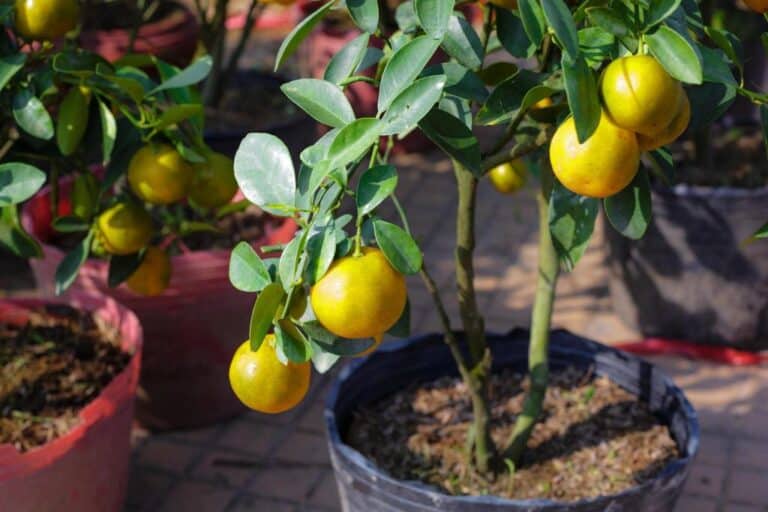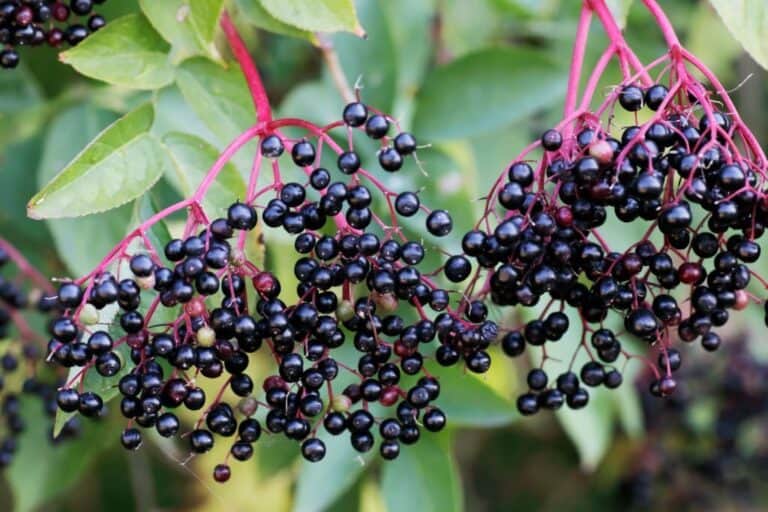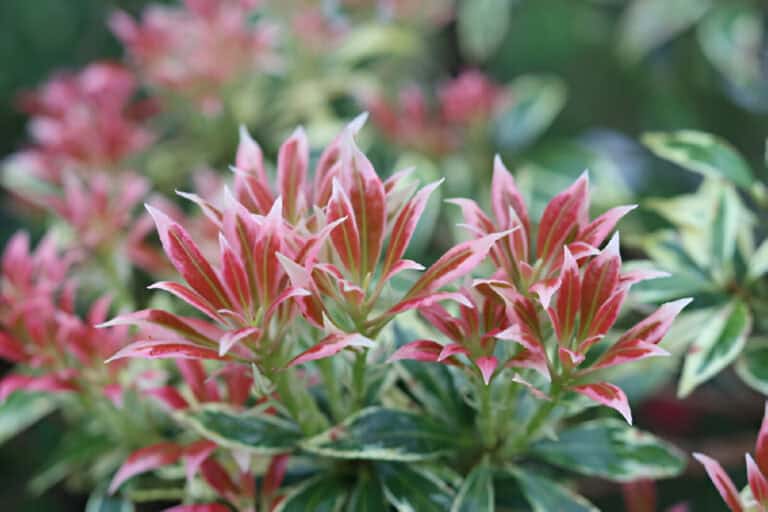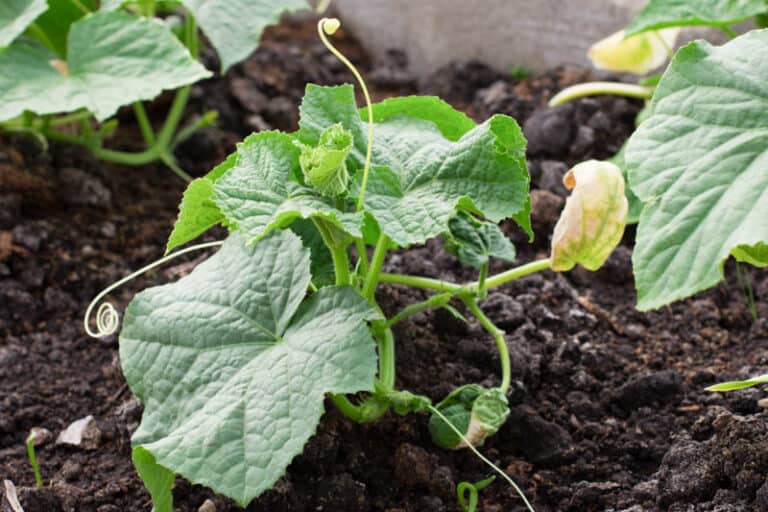Where Does Lavender Grow Naturally? (Countries and States Grow Lavender)
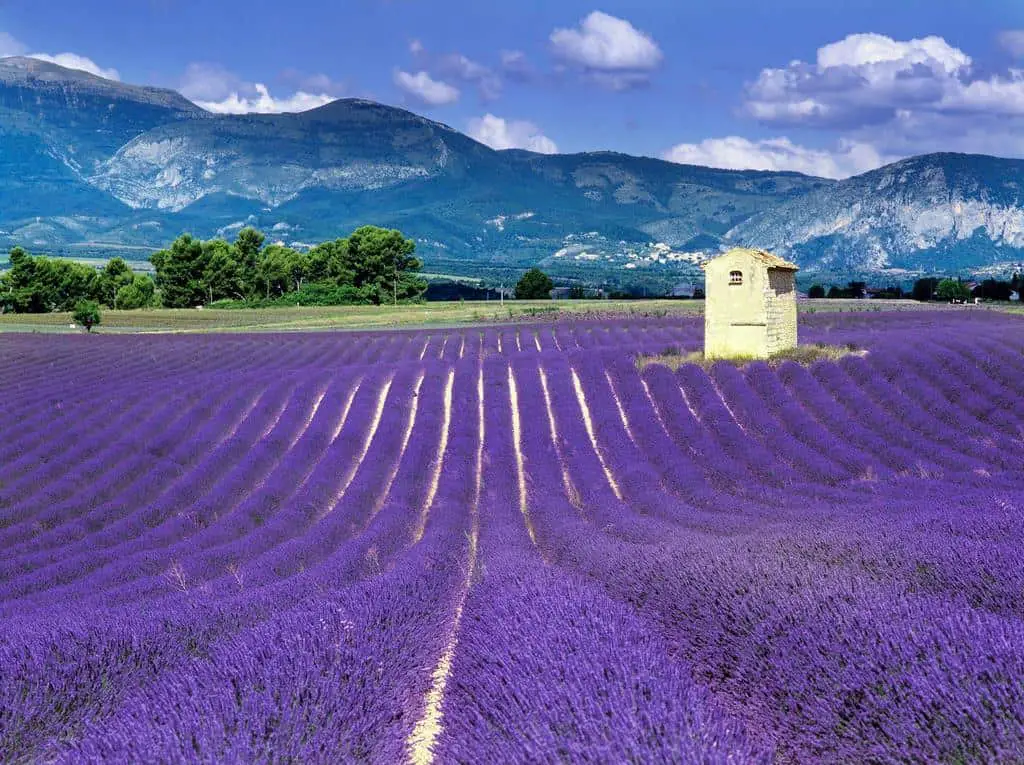
Lavender is a fragrant plant that has been used for a long time in many different ways. Lavender is used in everything from cooking and aromatherapy to medicine and beauty products because of its unique smell and calming effects.
If you are interested in finding out where does lavender grows naturally, this article is the perfect place to start. We will explain why and how lavender grows naturally in certain locations, giving you an idea of where it may be found.
No matter how much you know about the subject, you’ll learn something new here as we examine the structures and climates that help this fragrant plant grow and thrive.
Where Does Lavender Grow Naturally?
Lavender is an old plant that comes from places where the summers are hot and dry and the winters are mild, like the Mediterranean, the Middle East, and India. It can also be found in other parts of the world with similar climates.
Lavender grows best in its native areas where the soil is well-drained, sunny, and made of gravel or sand. It is a hardy plant that can grow in hot, dry conditions, but it does require regular watering, especially if the drought lasts for an extended period of time.
One of the best-known places for lavender to grow naturally is in the south of France, where it is grown in fields and used in many things, like essential oils, perfumes, and food. In this area, lavender grows well because the weather is cool and dry and the soil is full of nutrients.
Lavender is also grown in other parts of Europe, such as Italy and Spain, as well as in countries with similar climates, such as the United States, Australia, and South Africa. In these regions, lavender is often grown in gardens and used for its ornamental value as well as for its essential oils and other products.
Lavender has been grown for hundreds of years, so it has been traded and spread far beyond its native lands. Nowadays, there are many varieties of lavender that have been cultivated, and they can be found growing in countries and on continents around the world.
What States Grow Lavender?
There are many states in the U.S. that can grow lavender successfully due to the many different varieties of lavender plants that are available.
Lavender thrives in hot, dry summers, so the Southwest (Texas and Southern California) are ideal regions for lavender to grow.
There is also an area in Washington state on the Olympic Peninsula that, because of its location on the far side of the mountains opposite the ocean, has the perfect arid climate for lavender and is the largest producer of lavender in the United States.
Since people have been growing lavender for so long, there are many different kinds that can grow in climates where it wouldn’t have before.
Now there are varieties of lavender that tolerate more humidity, like what is found in the southeastern United States, and varieties that are harder and more cold-tolerant, so they can be grown in the Midwest.
Washington Island is off the coast of Door County, Wisconsin, and grows more than 20,000 lavender plants every year.
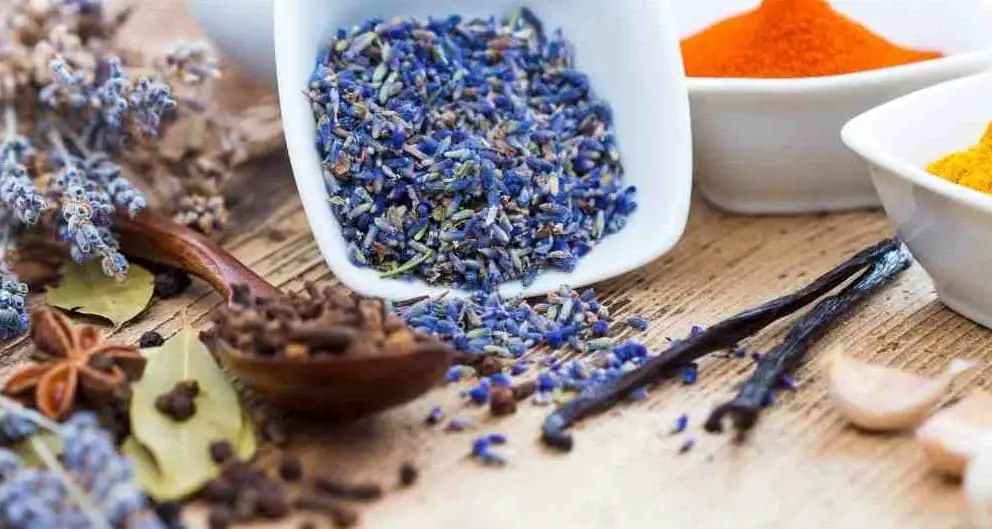
What Countries Grow Lavender?
The image of purple fields of lavender rolling down the hillsides of southern France is what most people probably think of when asked, “What countries grow lavender?”. That image is correct, but not complete.
Lavender is grown in many countries around the world: England, Argentina, Cyprus, Japan, Russia, Australia, Turkey, and New Zealand all grow lavender. Most of the world’s lavender is actually grown in Bulgaria, followed by France, and then China.
Here is a pie chart that breaks down where lavender comes from based on country.

Where Does Lavender Originate?
Lavender is an old plant that comes from the Mediterranean, the Middle East, and India. People have been growing and using it for more than 2,500 years.
Some historians believe that lavender might have first been cultivated in Persia, or what is modern-day southern Iran, and that the Phoenicians, being the great sailors that they were, helped spread it through trade with other civilizations.
The Ancient Egyptians used burial shrouds dipped in lavender during mummification. Lavender was used as medicine by the ancient Greeks to treat everything from backaches and insomnia to mental illness.
Have you read about a perfume made of “pure nard” being used to wash the feet of Jesus in the Bible? Well, that perfume was made from pure lavender oil.
Lavender oil was used by Arabian women on their hair and skin, and the Romans used lavender in their bath houses. The name lavender is actually derived from the Latin word “lavare, which means “to wash.”
In India, lavender was used in many dishes and teas because it not only tasted good but also helped people feel calm.
In the late 1500s, Queen Elizabeth I of England developed a love for lavender jam, drank it as a tea for headaches, and used it as a perfume as well.
Fast-forward to World War I, and lavender was used for its antiseptic properties to help heal skin wounds and burns more quickly. During World War II lavender was used as a surface disinfectant.
Where Does Lavender Grow Best?
Lavender grows best in places that are warm, arid, have lots of sun, and have sandy soil. Lavender is native to the Mediterranean Region, the Middle East, and India, and as such, it does well in warm, dry climates where damage from frost is not a concern.
Lavender plants do not need much water after they are established and do well when planted in areas that have good air circulation or are windy. Lavender grows best in full sun or in gardens facing south.
Lavender can be grown as a perennial in dry areas, and it can usually be kept alive for about 10 to 15 years.
When lavender is grown in more humid climates, it is usually treated as an annual plant. The soil that lavender is planted in, whether in a container or a garden, must be sandy or rocky, and the main requirement is that it be well-draining for the plant to thrive.
Why Is Lavender Grown Today?
Lavender has been grown for thousands of years and has many different uses. Most of the lavender grown today is used for its essential oil and scent. Lavender has been used as a calming sedative, a natural antibiotic, an antiseptic, an aphrodisiac, and a delicious herb in recipes.
Lavender has also been used for its aromatic scent in perfumes and creams, as room fresheners, and even as insect repellent. These uses for lavender have spanned the centuries and are still some of the same reasons that lavender is grown today.
Essential oil from lavender is sold on the market today with claims that it is good for your health and a natural alternative to some medicines.
Lavender oil is used to help with relaxation and anxiety, as a treatment for allergies and eczema, and to relieve menstrual cramps and inflammation.
Lavender is still grown today for its well-known aromatic properties, which are used in perfumes, lotions, soaps, cosmetics, potpourris, and room spritzers.
Requirements To Grow Lavender: Soil, Water Needs, and Climate.
Soil, climate, and water are all important factors that must be considered when growing any plant. Each plant has specific requirements for these factors, and it is important to understand these requirements for lavender in order to grow it.
- Soil: Lavender prefers well-draining soil with a pH between 6.5 and 7.5. It can tolerate a variety of soil types, but it thrives in sandy or gravelly soil. Too much nutrients in the soil can cause excessive foliage growth at the expense of flower production. Adding grit or well-rotted compost to the soil can help improve drainage and provide the plants with the nutrients they need.
- Water Needs: Lavender is drought-tolerant, and it does not need a lot of water to thrive. In fact, overwatering can cause root rot because the soil is always wet. It is best if we watering lavender deeply but infrequently and let the soil dry out between waterings. In hot, dry weather, the plants may need to be watered more frequently.
- Climate: Lavender is native to the Mediterranean region, and it prefers a warm, dry climate. For optimal growth, plants need at least six hours of direct sunlight each day. Lavender can tolerate some frost, but it is best to plant it in a location that is protected from extreme cold.

